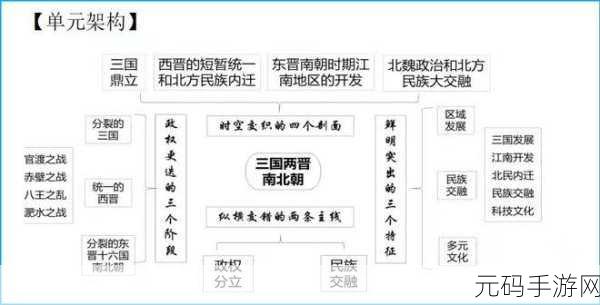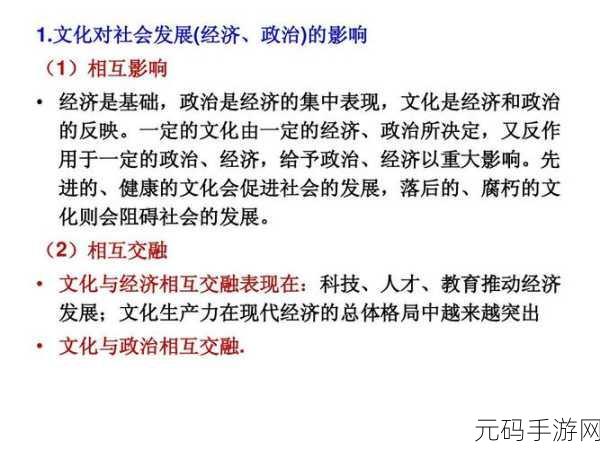一二三产区的文化背景:1. 一二三产区的文化交融与创新发展
一产区的传统文化与现代需求
农业作为基础产业,承载着丰富的历史和深厚的文化。在我国的一产区,各地农民传承着数百年的耕作技艺,这些技艺不仅仅是生产工具,更是人们生活方式的重要组成部分。对于城市消费者而言,对一产区产品的兴趣日益增加,他们希望能获得更为安全、健康以及富有地方特色的食品。
良好的生态环境使得这一地区出产的新鲜食材备受青睐。越来越多的人开始关注食物来源,希望能够购买到无污染、绿色、有机认证的农产品。这种趋势推动了当地农民积极采用可持续发展理念,创新种植方法,以适应市场对高品质粮食不断增长的需求。同时,借助互联网销售平台,一二三产结合形成新的商业模式,为消费者提供便捷、高效、安全购物体验。

二产区的发展与新兴消费心理
工业化进程中,二产区逐渐成为经济发展的重要引擎。从最初以重工业为主转型至现在注重环保和智能制造,不少企业在追求技术革新的同时,也更加意识到自身责任。例如,新材料、新能源等领域带来的变化,使得现代工厂不仅仅是机器轰鸣,还融入了更多人文关怀和社会责任感。
随着消费结构升级,人们对产品质量及品牌形象提出了更高要求。他们期待的是具备艺术性、实用性的优质商品,同时也渴望了解背后的故事。一方面需要强大的设计团队来提升产品附加值;另一方面,与顾客建立情感链接,让他们愿意分享自己的使用体验,将会极大促进品牌忠诚度。因此,在这场竞争中,那些善于挖掘用户内心需求并积极回应其期望的企业将占据优势。

三产区融合:旅游业社交化发展
近年来,三产业融合现象愈发明显,特别是在旅游行业,对地域文化理解与传播起到了关键作用。一方面,通过推出具有本土特色及吸引力的大型活动,可以有效拉动游客流量,提高区域知名度;另一方面,当地居民参与其中,不仅可以保留传统手工艺,还能创造额外收入,实现双赢局面。
This trend has led to the rise of experiential tourism, where visitors seek not only beautiful scenery but also cultural immersion. Tourists are eager for authentic experiences that allow them to connect with locals and learn about their traditions. This shift in demand encourages local businesses to innovate by offering unique products or services that reflect regional culture.
Cultural Heritage's Role in Modern Life
The significance of preserving intangible cultural heritage cannot be overlooked as it plays a vital role in shaping community identity and fostering social cohesion. Local festivals, traditional arts, folk music, and crafts serve as essential elements contributing to the region’s vibrancy while simultaneously attracting attention from outside audiences who appreciate these distinct forms of expression.
- Agritourism: Exploring how farms can attract tourists through immersive experiences like harvest festivals or cooking classes featuring local ingredients.
- Sustainable Practices: The importance of eco-friendly production methods within agriculture and manufacturing sectors adapting towards greener alternatives.
- Culinary Heritage Preservation:The need for initiatives aimed at safeguarding traditional recipes against modern homogenization trends impacting food diversity across regions globally.









